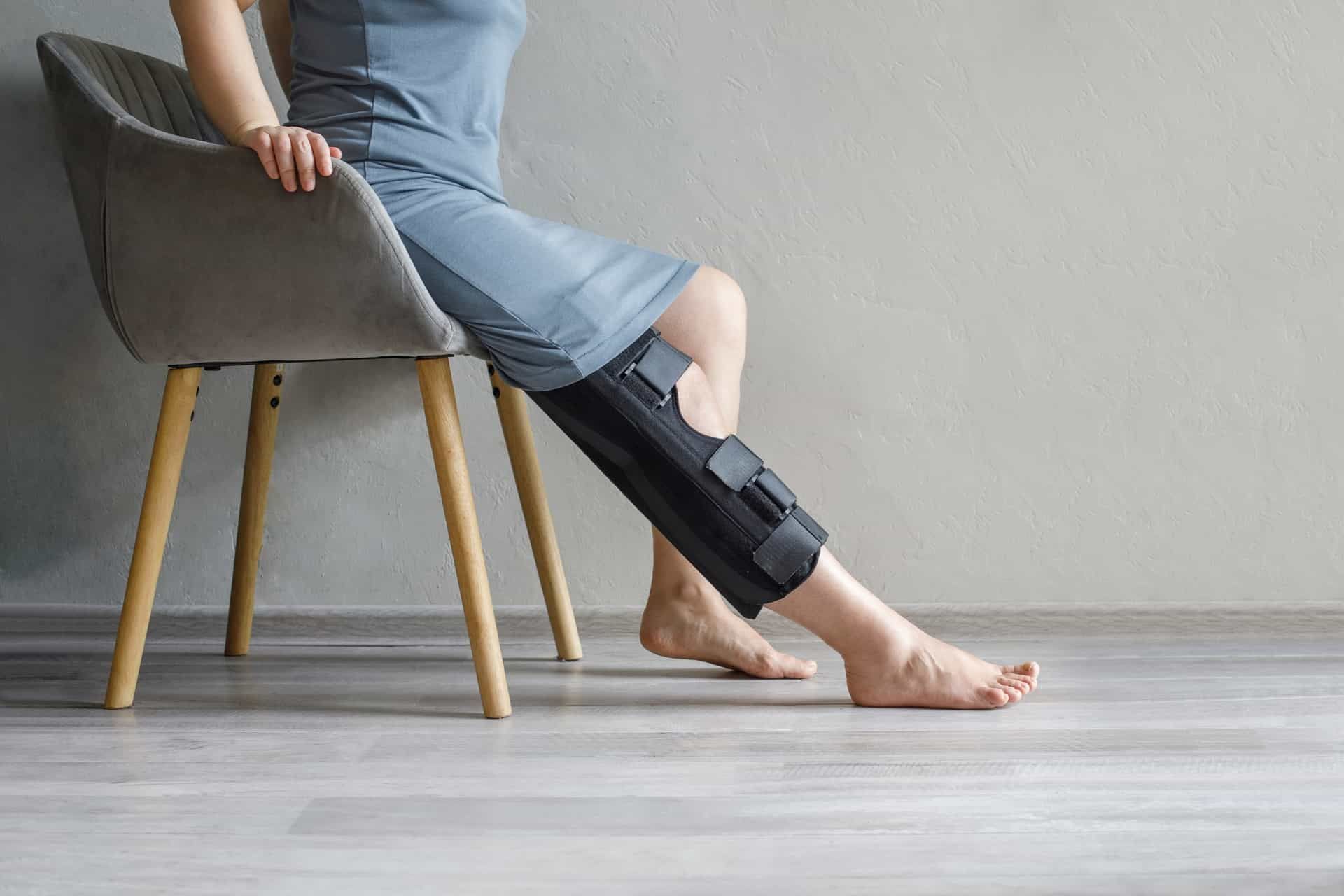What’s the Difference between Negligence and Negligence Per Se?

In personal injury law, professionals and individuals seeking justice must distinguish between various forms of negligence. Two terms that are often confused are negligence and negligence per se. While both are integral to proceedings, they differ significantly in how they're proven in court. This article delves into the definitions, variances, and implications of negligence and negligence per se, shedding light on these concepts.
Defining Negligence
What is Negligence?
Negligence refers to failing to exercise the level of care that a reasonable person would. This failure can result in harm or injury to another individual. Negligence is a principle in law and serves as the basis for many personal injury claims.
Elements of Negligence
To prove negligence per se, the plaintiff must demonstrate:
- Violation of a Statute: The defendant violated a law or regulation.
- Class of Persons: The plaintiff belongs to the class of persons the statute is intended to protect.
- Type of Harm: The plaintiff suffered the type of harm the statute is designed to prevent.
- Causation: The defendant's violation of the statute caused the plaintiff's injury.
Examples of Negligence
- Car Crashes: A driver who ignores a traffic light and causes an accident could be considered negligent for not obeying traffic rules.
- Medical Errors: A physician who overlooks diagnosing a condition causing harm to the patient may be held accountable for negligence.
- Slip and Fall Accidents: A property owner who neglects to clean up a spill resulting in an injured visitor could be seen as negligent.
Defining Negligence Per Se
Meaning of Negligence Per Se
Negligence per se is a concept that enables the plaintiff to prove negligence based on the defendant's violation of a law or regulation. Unlike negligence cases where all four elements must be proven, negligence per se streamlines the process by focusing on breaking a law created to safeguard a group of people.
Elements of Negligence Per Se
To prove negligence per se, the plaintiff must demonstrate:
- Violation of a Statute: The defendant violated a law or regulation.
- Class of Persons: The plaintiff belongs to the class of persons the statute is intended to protect.
- Type of Harm: The plaintiff suffered the type of harm the statute is designed to prevent.
- Causation: The defendant's violation of the statute caused the plaintiff's injury.
Examples of Negligence Per Se
- DUI Accidents: A driver who causes an accident while driving under the influence violates DUI laws. If the injured party is within the class of persons these laws aim to protect (other road users), the driver may be liable for negligence per se.
- Building Code Violations: A property owner who fails to adhere to building codes, leading to a tenant's injury, may be found negligent per se for violating safety regulations.
- Food Safety Violations: A restaurant that serves contaminated food, resulting in food poisoning, could be liable for negligence per se due to the breach of food safety laws.
Critical Differences Between Negligence and Negligence Per Se
1. Burden of Proof
In negligence cases, the plaintiff must establish all four elements (duty, breach, causation, and damages) through evidence and argument. In contrast, negligence per se simplifies the burden of proof by focusing on violating a specific statute. If the statute is proven to have been violated, the plaintiff does not need to prove the duty and breach separately.
2. Basis of Proof
Negligence relies on the reasonable person standard, which is subjective and open to interpretation. This means that what constitutes reasonable behavior can vary depending on the circumstances. Negligence per se, however, is objective and based on violating a specific law or regulation, making it more transparent and more straightforward to establish.
3. Application in Court
Negligence per se often leads to a presumption of negligence, shifting the burden of proof to the defendant to show that their actions were justified or that the violation did not cause the plaintiff's injury. In ordinary negligence cases, the burden of proof remains with the plaintiff throughout the trial.
Impact on Personal Injury Cases
1. Legal Approach
Determining whether a case involves negligence or negligence per se can greatly influence legal tactics. In situations involving negligence per se, the critical focus shifts to establishing the violation of a statute and its direct connection to the harm caused. This approach can simplify the process and improve the plaintiff's chances of achieving a positive outcome.
2. Possible Defenses
Defendants facing negligence per se allegations may contest that the relevant statute does not apply to the circumstances that the plaintiff is not part of the protected group or that the violation did not result in the injury. In negligence cases, defenses may argue that the defendant's actions were reasonable or that the plaintiff's actions contributed to their injury.
3. Compensation and Damages
Both negligence and negligence per se can result in compensation for the plaintiff. There may be differences in the types of damages awarded. Compensatory damages are intended to cover the costs of lost income and emotional distress to make the plaintiff whole. In some cases, punitive damages might be granted if a defendant's behavior was especially egregious.
Final Thoughts
Distinguishing between negligence and negligence per se is crucial for individuals involved in personal injury lawsuits. While both concepts center on breaching a duty leading to harm, they diverge in their underpinnings and how they are established in court proceedings.
Negligence involves proving a duty of care, breach, causation, and
damages. In contrast, negligence per se simplifies this by focusing on violating a statute.
Understanding the differences between these types of negligence can influence strategies for those filing claims and increase the likelihood of a successful case. Defendants should be aware of defenses against negligence per se claims to reduce liability. Whether dealing with negligence or negligence per se, careful analysis and strategic planning are essential.
By grasping these distinctions, individuals involved in injury lawsuits can effectively advocate for their rights and pursue fair compensation. If you've been harmed due to someone's Actions, seeking advice from an attorney can help determine the best course of action for your situation.
At
OAS INC, Lodi, New Jersey. We specialize in personal injury cases. We can support you through the complexities of negligence law. Reach out to us today to discover how we can assist you in seeking justice and securing compensation.
Disclaimer: The information on this website and blog is for general informational purposes only and is not professional advice. We make no guarantees of accuracy or completeness. We disclaim all liability for errors, omissions, or reliance on this content. Always consult a qualified professional for specific guidance.








